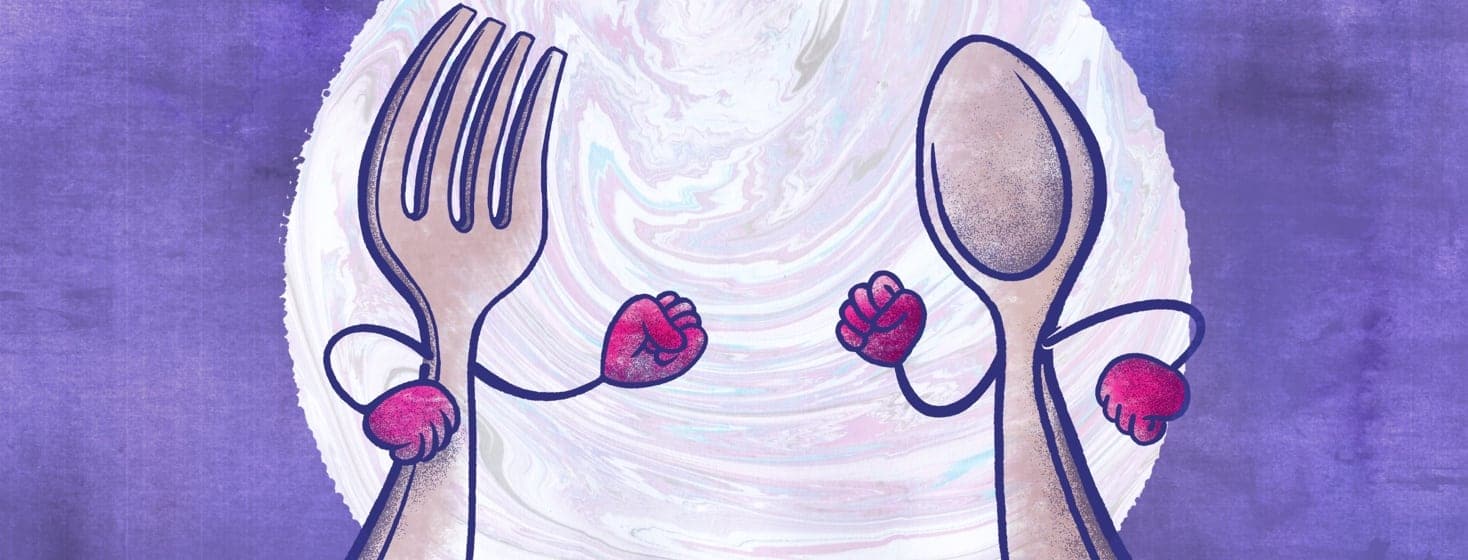Spoon Theory vs. Fork Theory
Last month I wrote an article about the spoon theory. Most of the comments were positive although a few of them said I did not explain the spoon theory well. I apologize I did not explain it well.
So for those I confused, I am going to go back over it so maybe I can make it clearer. Other comments I found interesting was that several readers commented about a fork theory. I have to be honest. The spoon theory was something I had heard before. However, the fork theory?
I had never heard of the fork theory before so it piqued my curiosity. Since I thought I would try to explain the spoon theory better as it relates to us with daily living, I thought I would look more into this fork theory. It makes sense to compare the two. So here goes my breakdown on both the spoon and fork theory and how they relate to us.
What is the spoon theory?
The spoon theory was created by Christine Miserandino in 2003. She and a friend were having lunch one day at a restaurant. The friend asked Ms. Miserandino a simple question: "How are you feeling living with lupus?"
It took Ms. Miserandino a few minutes to think of what to say to her friend to make her understand what daily life is like with an autoimmune disease. Before she answered, her friend she went around to different tables in the restaurant collecting spoons.
She comes back to her friend and asks her a question: "What do you do on an average day?" The friend began telling her what she does and for each thing listed Ms. Miserandino handed her friend a spoon to represent each chore.
Using the spoon theory to explain a day with chronic illness
Now it was Ms. Miserandino's turn to list what she does in a day. For each thing she stated, she took a spoon back from her hand. However, there were times when she took more than one spoon to represent the strength the chore took from her to complete.
She went on to explain to her friend how some days she would have enough spoons to get through the day but then other days she would have to borrow spoons from a new day just to complete the day she was on.
The explanation is that the next new day would be short of spoons already so she could not accomplish as much. By explaining in this way the friend could truly understand and the spoon theory was born.
What is the fork theory?
The fork theory started in 2018 as a result of the statement "Stick a fork in me, I'm Done." The fork theory was first mentioned on Tumblr and then went viral on Facebook.
It is meant as a way of explaining the mental aspect. Unlike spoons that you start out with at the beginning of the day, forks representing a person being stuck over and over with a fork until they just can't take it anymore. The person's mentality just cannot take one more thing coming their way in a day.
Comparing the fork theory to the spoon theory
Living with psoriasis is tough. We all agree on that. The spoon theory is a good way to explain to someone how our day with psoriasis can go. We have energy so we go about doing whatever in a day. However, as the day proceeds, we may have to borrow spoons from the next day in order to finish it.
The fork theory is a good way to explain to someone the mental aspect of what we go through in a day mentally especially given the mental aspect of psoriasis. The fork and spoon go hand in hand in getting through a day.
How much can you deal with emotionally before you say "Stick a fork in me, I'm done." How many spoons do you use in a day to get things done?
Now you have two ways to explain what living with psoriasis is like using both theories. I know I will be using both. So thank you to those who commented on my other article about the fork theory. You helped educate me on something I had never heard about.

Join the conversation